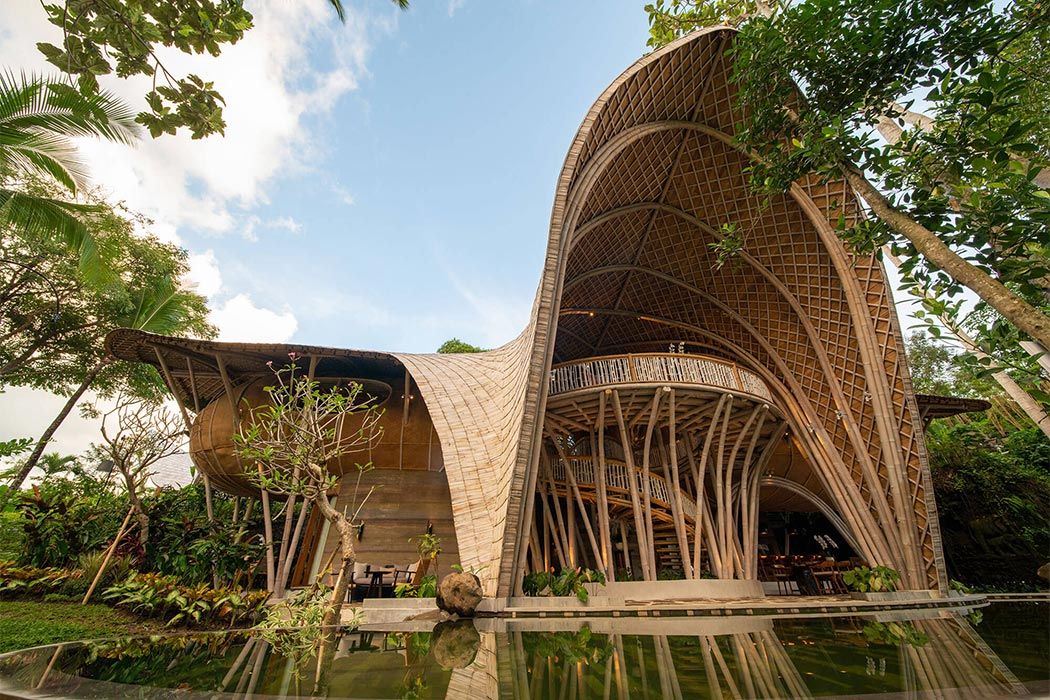
Bamboo: A Sustainable Choice for Construction
Bamboo is a rapidly renewable resource, growing much faster than trees. It’s incredibly strong and versatile, suitable for flooring, scaffolding, and even structural elements in buildings. Its lightweight nature also reduces transportation costs and emissions. While treatment is needed to prevent insect damage and fungal growth, sustainable treatments are readily available, minimizing its environmental impact further. Using bamboo significantly reduces the reliance on traditional lumber, easing the pressure on our forests.
Reclaimed Wood: Giving Old Materials New Life
Reclaimed wood offers a fantastically eco-friendly option, diverting waste from landfills and reducing the demand for newly harvested timber. Sources range from salvaged lumber from demolished buildings to reclaimed railway sleepers. The character and unique markings of reclaimed wood add charm to any building, and the process of cleaning and preparing it for use creates jobs and supports local economies. Choosing reclaimed wood demonstrates a commitment to sustainability and a circular economy.
Hempcrete: A Breathable and Sustainable Alternative
Hempcrete, a mixture of hemp hurds (the woody core of the hemp plant) and a lime-based binder, is gaining popularity as an eco-friendly building material. It’s incredibly lightweight, provides excellent insulation, and is naturally fire-resistant. The hemp plant itself requires minimal pesticides and water, making it a low-impact crop. Furthermore, hempcrete is breathable, helping to regulate humidity within a building and promoting a healthier indoor environment. It’s a truly sustainable and environmentally responsible option.
Mycelium: The Future of Sustainable Building Materials?
Mycelium, the root structure of mushrooms, is emerging as a game-changer in the building materials industry. It’s grown on agricultural waste, creating a strong, lightweight, and completely biodegradable material. This process drastically reduces landfill waste while producing a material with excellent insulation properties. While still relatively new to the construction world, mycelium-based products are showing immense promise for creating sustainable and environmentally conscious buildings.
Recycled Glass and Aggregate: Waste Turned Treasure
Turning waste glass into construction materials provides a practical solution to a significant environmental problem. Crushed glass can be incorporated into concrete mixes, reducing the need for traditional aggregates like gravel and sand. This not only decreases the demand for these finite resources but also reduces landfill waste. The resulting concrete can be just as strong, if not stronger, than traditional concrete, while also offering aesthetically pleasing results, depending on the color of the recycled glass used.
Cork: A Natural Insulator and Sound Dampener
Cork, harvested from the bark of cork oak trees without harming the tree itself, is a remarkably sustainable and versatile material. It’s naturally insulating, providing excellent thermal and acoustic properties, making it ideal for wall and floor coverings. The harvesting process is renewable and contributes to the health of the cork oak forests. Cork is also incredibly durable, resistant to mold and mildew, and aesthetically pleasing, adding a natural and warm touch to interiors.
Sustainable Concrete Alternatives: Reducing Carbon Footprint
Traditional concrete production is a significant contributor to greenhouse gas emissions. Fortunately, researchers and companies are developing eco-friendly alternatives. These include incorporating recycled materials into the mix, using alternative binders with lower carbon footprints, and exploring the use of industrial byproducts to replace cement. These innovations are essential for reducing the environmental impact of construction while maintaining the strength and durability needed in modern buildings.
Seaweed-Based Materials: A Novel Approach to Sustainable Construction
Seaweed, a fast-growing and abundant marine resource, is being explored as a potential building material. Its unique properties can be utilized to create bio-based composites and insulation, reducing the need for resource-intensive materials. This approach aligns perfectly with the growing interest in creating a truly circular economy within the construction industry, harnessing the power of nature’s resources without harming the environment.
Using Less Energy in Building Processes: A Holistic Approach
Beyond the choice of materials, efficient building practices are critical for minimizing the environmental footprint of construction. This includes energy-efficient design, minimizing waste during the construction phase, and utilizing renewable energy sources during the building process. A holistic approach to sustainable building goes beyond just choosing sustainable materials; it’s about minimizing impact at every stage of the project. Read also about what are sustainable building materials.
